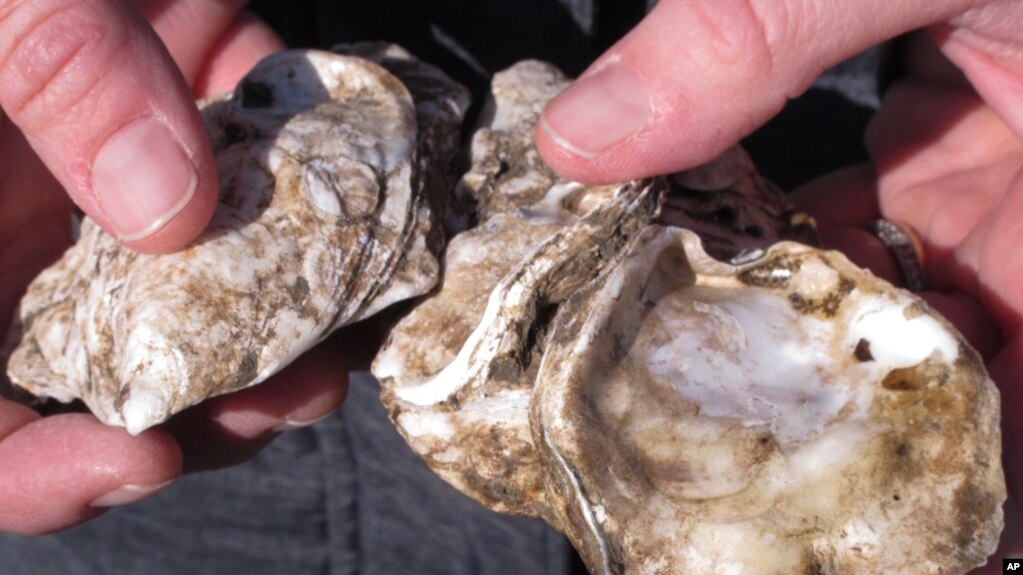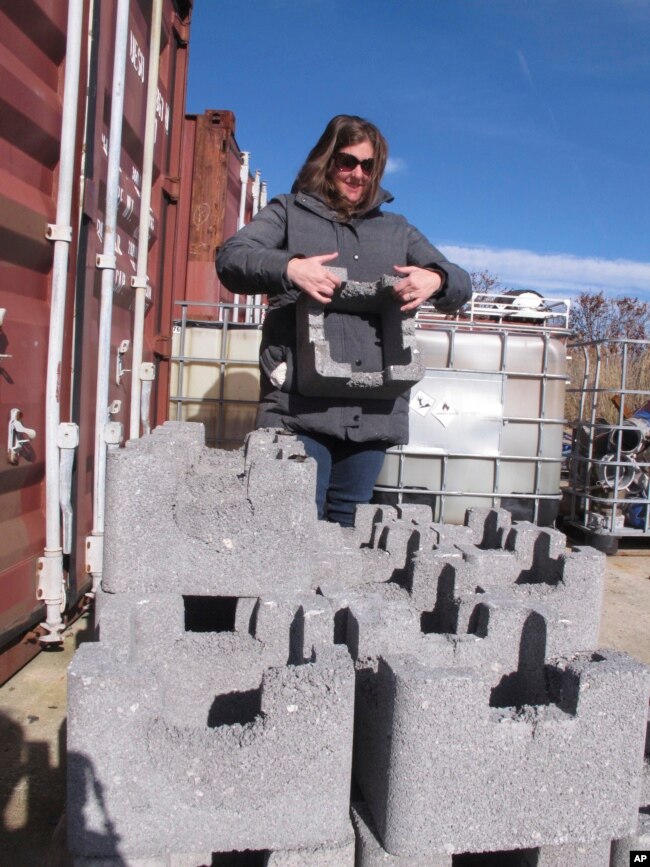Almost half the coral reef ecosystems in United States territory are in poor or fair condition, mostly because of rising ocean temperatures, according to a government report released Monday.
The reefs discussed in the National Oceanic and Atmospheric Administration report serve as breeding grounds for many of the world's seafood species and act as indicators of overall ocean health.
Coral reefs in trouble, scientists warn - CNN.com


 NEWSFLASH!!! All things are interconnected.
NEWSFLASH!!! All things are interconnected.

